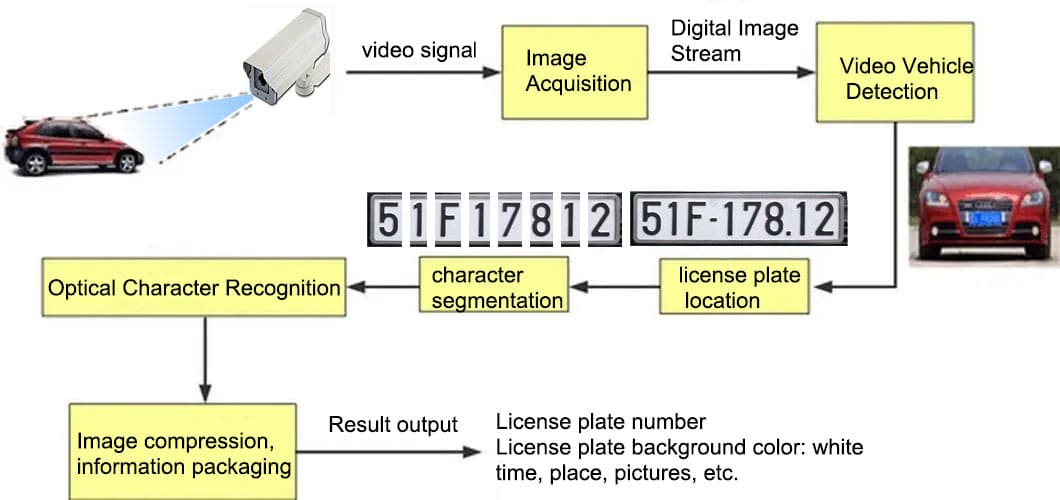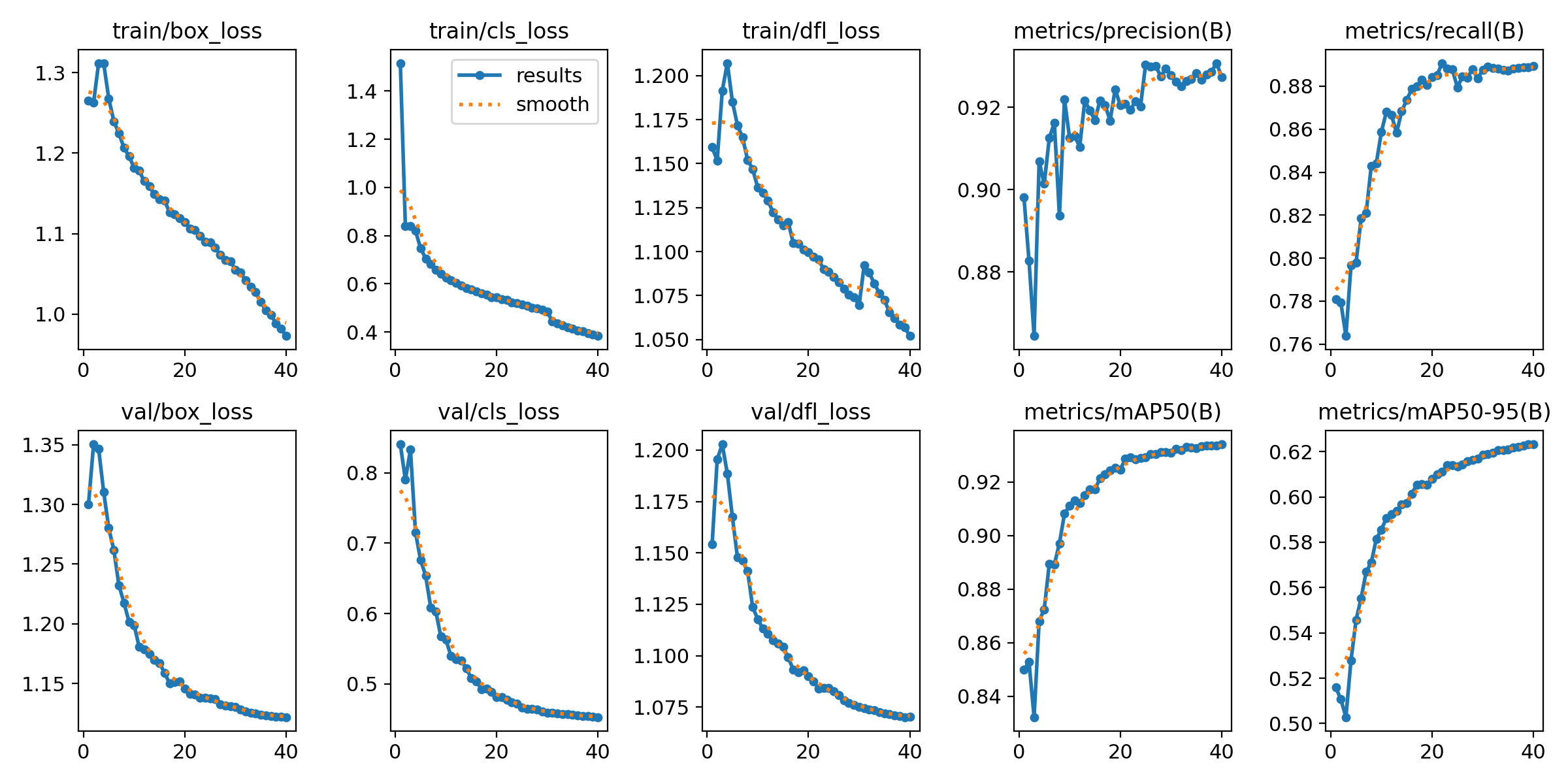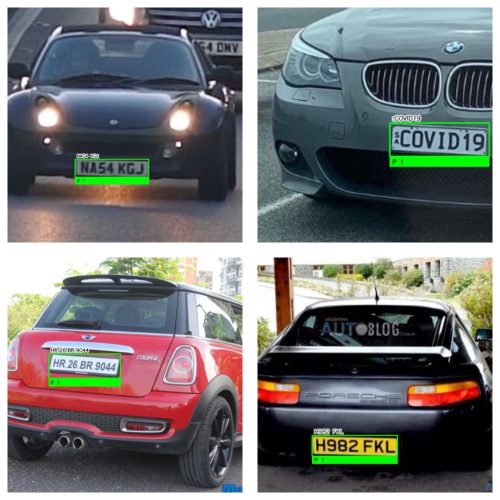Automated Number Plate Detection System
The objective of this project is to develop a system that can watch the traffic flow in real-time and instantly read number plates with precision and speed, without any human supervision. Built to transform raw images and video into digital license plate readouts, it taps into powerful object detection and OCR engines to make machine perception both accurate and fast. Whether you’re managing parking lots, enforcing traffic laws, or automatically logging vehicle access in restricted areas, this tool turns camera feeds into structured, usable data. Think of it as giving vision to devices, alerting you who’s arriving, how occasional mistakes vanish, and how everything unfolds on monitored roads with swift insight.

The system combines a YOLOv8n model, fine-tuned for number plate detection, with a robust OCR engine (TR-OCR) created by Microsoft. The detection pipeline begins by running the image or video stream through YOLOv8n, which highlights and isolates plate regions with bounding boxes. Once a plate is located, the system switches over to the OCR model, which reads the plate characters and converts them into text strings. The results, including images with highlighted plates and their recognized text, are presented instantly, either within a user interface or prepared for storage. The detection model is trained on an extensive dataset of around 28,000 annotated images, ensuring high accuracy across diverse plate types, lighting conditions, and shooting angles. The result is a live, continuous capability to detect and read license plates, something that lets you track vehicles, automate logs, or flag plate, based events without manual transcription.

What makes this project stand out is not just its advanced AI backbone but its focus on accessibility and usability. It is designed with an easy-to-use graphical interface, allowing users to drag and drop images or videos, run detection, and instantly see tables of results alongside visual outputs. The combination of a refined, fine-tuned detection model and integrated OCR means that end users can deploy the tool without needing to configure deep learning models or wrestle with model curation. Moreover, under the MIT license, this system is open for expansion. Developers can build additional features like database logging, real-time monitoring dashboards, or integration with barrier-control systems. This project doesn’t just detect plates, it translates optical input into operational intelligence, delivered with clarity and reliability. It is a powerful, modular blueprint for practical, AI-driven automation in the transportation and security domains.

Faculty
-
Dr. Muhammad Moazam FrazDr. Muhammad Moazam Fraz
Students
-
Muhammad Nabeel
-
Muhammad Ahsan
-
Usama Athar
